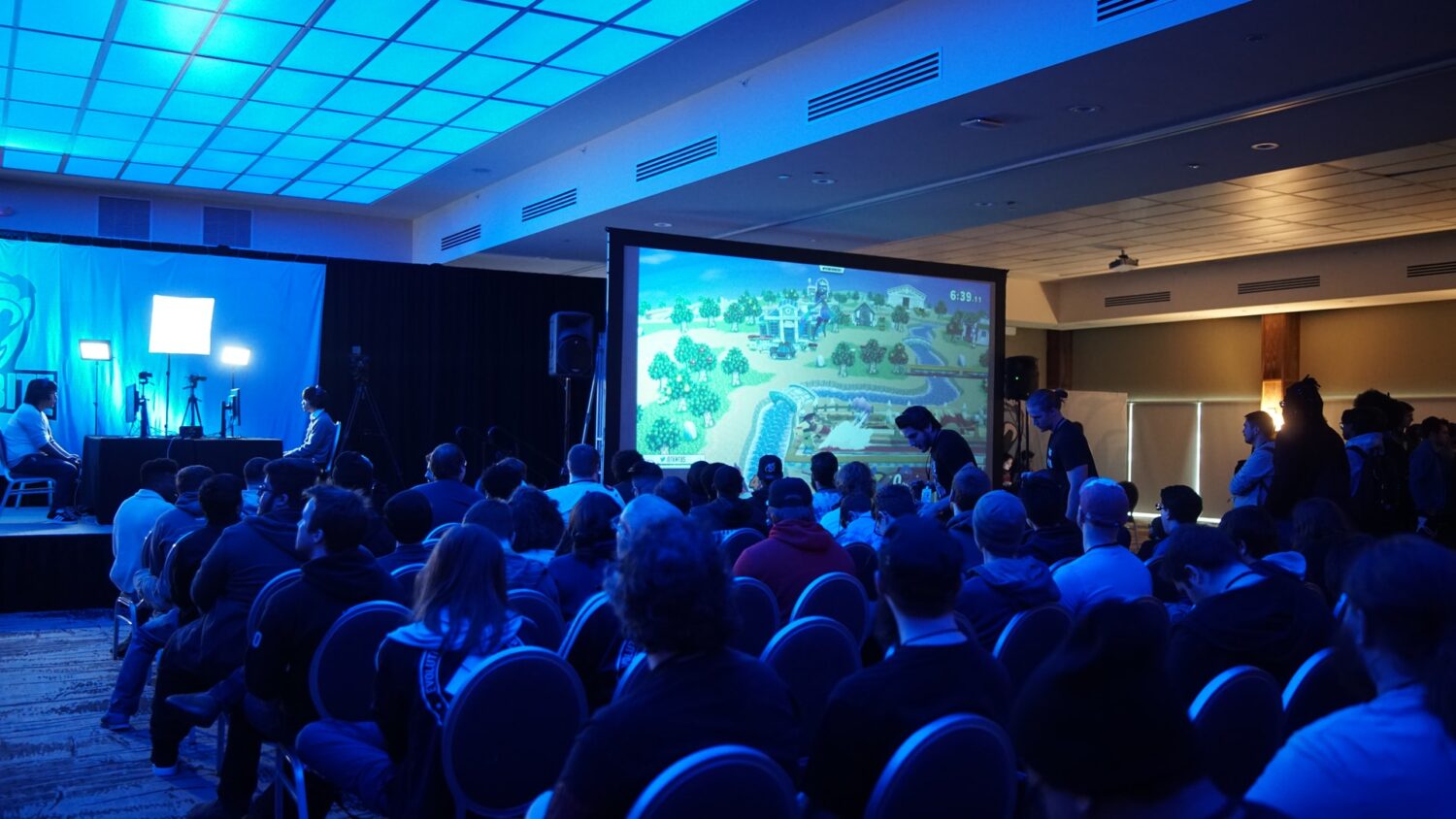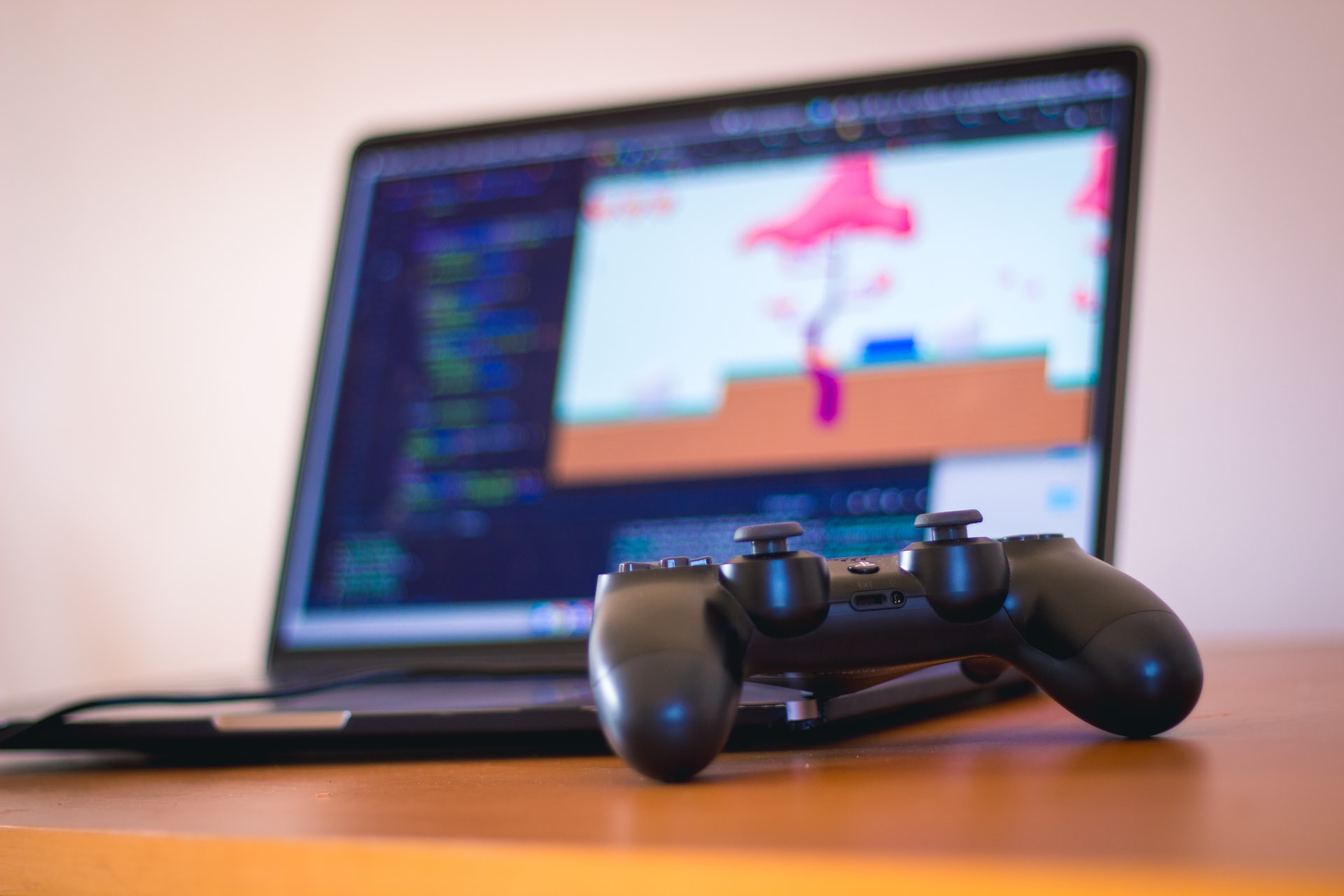Game design is an art form, and it is often when we challenge ourselves that we grow professionally. Some people are lucky enough to design professionally. Others design games as part of their training or for their own enjoyment (and hope of recognition).
What is gameplay design?
Game design is a process that involves all the steps involved in creating content and rules for a game.
In order to create a good game design, it is imperative to accentuate the player. This means putting the player’s wishes above all else. A well-designed game design makes the gameplay easy and motivates the player to perform certain actions. In this way, the execution of the gameplay scenario brings joy to the player. Otherwise, the game can become a torment for the user.
- In order to create a successful game, a designer needs to look from the player’s point of view. In doing so, answering questions such as these:
- What is the main story of the game?
- How do you play the game?
- What do I have to do to win?
- What is appealing to me about the game?
- What actions must be performed in the game?
When thinking about game design, think of the board game go, a Chinese game with a thousand years of history.
Design types
There are many types of games, and just as there are many types of game design.
- World design – creating the overall story, setting and theme of a game. These are often the ones that determine the scope of the tasks listed below.
- System design – creating the rules and associated calculations for the game.
- Content design is the creation of characters, items, puzzles and missions. Although it is more common in video games, role-playing and collectible card games also involve a significant amount of content.
- Game Texts – is the writing of in-game dialogue, text and stories.
- Level design is the creation of game levels that include the map landscape and the location of objects on that map.
- Interface design (UI) – consists of two elements: how the player interacts with the game and how the player receives information and reactions to their actions from the game. Every type of game has a UI, even non-digital games. Board game fields are designed to fit on the average table, and cards are designed to fit in the average-sized hand. Game components should contain information that is easy for the player to understand, use and interpret.
In addition to these particular types of design, each designer needs a serious familiarity with the chosen media source, whether it be board games, console games or even television game programmes, to develop a game or some part of a game.

General terms of game design
Like any other industry, the games industry has its own terminology, which is used to define specific events, concepts and starting points in a project or concepts related to games in general. None of these terms, of course, are etched in stone forever. For every term used in the games industry, there are probably five different definitions, depending on the company, person or discipline in question. We’ll look at the most common ones:
- Feature list: A list detailing the game’s key features and key points.
- Brainstorm: The process of generating ideas, usually conducted by a group of individuals.
- Prototype: A prototype is an early “playable” version of a game or part of a game created by the designer to improve understanding and enhance the player experience. A prototype can be made in software form (“digital prototype”) or with physical materials as a board game (“physical” or “paper” prototype).
- Balance: A term used to describe the state of the game systems as either ‘balanced’ or ‘unbalanced’. When a game is unbalanced, it is too easy or too difficult, or only suitable for some too limited range of players. When a game is balanced, it provides a stable challenge for its target audience.
- Mechanics: The rules of the game. Common non-digital mechanics include dice rolling, moves, game rounds and turn-based actions. Examples of mechanics from video games include running, jumping, shooting.
- Dynamics: As outlined in the MDA model, i.e. ‘mechanics-dynamics-aesthetics’, three dynamic outcomes are obtained when rules are applied in motion. Rules that allow players to attack each other may be mechanics, but if players typically use those rules to team up against the leading player, that is dynamics. In some first-person shooters, the player always starts at a specific location (the spawn point), which is a mechanic; but standing next to the spawn point and systematically killing those who spawn (spawn-camping) is a dynamic.
- Systems: The set of game mechanics responsible for shaping a particular outcome in a game, such as character creation, combat, or casting a spell.
- Avatar: A direct representation (representative) of the player in the game.
- Playtest (testing): Systematic testing of gameplay, systems, balance and interface in order to find bugs, inconsistencies and problems, followed by a report to the design team.
The following terminology is also often used for platform games:
- Platform: The console, device or system on which the game will be played.
- Concept Paper: A 1-3 page document outlining a high-level overview of the proposed game.
- Pitch: A short “lift speech” addressed to a game publisher or capital investor requesting sponsorship of the project. Lift speeches get their name from the length of time given to present an idea – the time you spend with the right person in the lift until he (she) gets off.
- Design document: A “living” document, constantly undergoing revisions, it contains the complete design vision for the game. It can be placed in a document file or on a Wiki. Some teams use Agile development and do not use the design document at all.
- Bugs: Errors in game design, code, art, sound or text.
- Engine: The core program that runs the game. Unreal and Gamebryo are popular engines used in the game industry.
- Alpha: The stage in which all systems are implemented and all code is theoretically complete. There are usually plenty of bugs and a not-so-horrible balance at this stage.
- Beta: The stage in which all systems and all content are already implemented in the game. This stage is much more stable than the alpha, most bugs are accounted for, balance is more calculated.
- Gold (gold version): The final version of the game, which is what is given to the release.
- Game Jam: A time-limited period in which a group of individuals try to create a cohesive game and work day and night for this purpose.Such a process usually lasts 1-3 days.
- Stage (milestone): A point, arrived at in the process, where the developer has to provide some content. This can be a document, a set of artboards, or an entire game.
This is not a complete list of things to know about game design, but this collection of terms will help you get into the basic design process a little easier.
